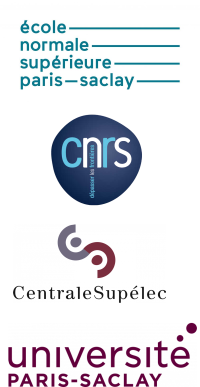
The group recently published a paper entitled “Room-Temperature Cavity Polaritons with 3D Hybrid Perovskite: Toward Large-Surface Polaritonic Devices”. ACS Photonics 6, 1804 (2019)
Hybrid halide perovskites are now considered to be key materials for contemporary research in photovoltaics and nanophotonics. In particular, because these materials can be solution processed, they represent a great hope for obtaining large-surface devices suited to a wide scale of wafers and large-scale integrated devices. While the potential of 2D layered hybrid perovskites for polaritonic devices operating at room temperature has been demonstrated in the past, the potential of 3D perovskites has been much less explored for this particular application. Here, we report the strong exciton–photon coupling with 3D bromide hybrid perovskite. Cavity polaritons are experimentally demonstrated from both reflectivity and photoluminescence experiments, at room temperature, in a 3λ/2 planar microcavity containing a large-surface spin-coated CH3NH3PbBr3 thin film. A microcavity quality factor of 92 was found, and a large Rabi splitting of 70 meV was measured. This result paves the way to large-surface and low-cost polaritonic devices operating at room temperature, compatible with electrical injection.


